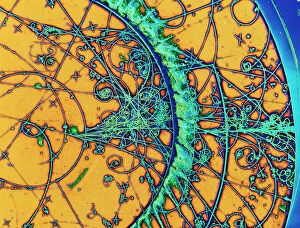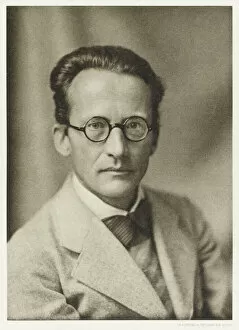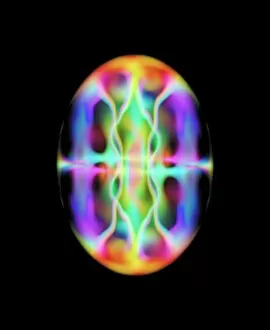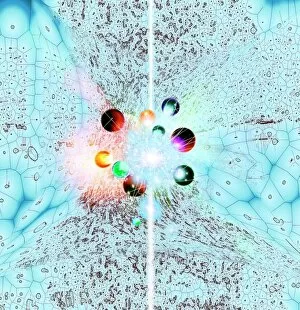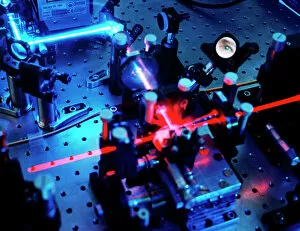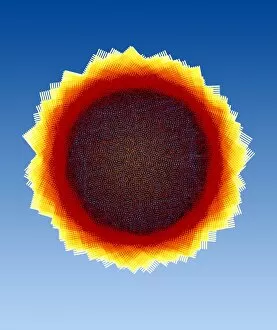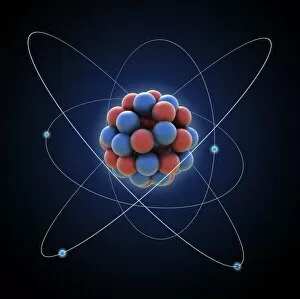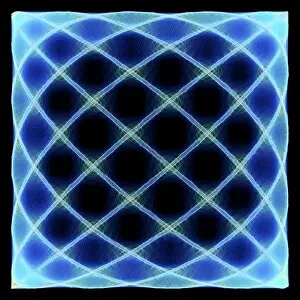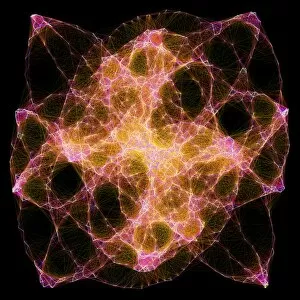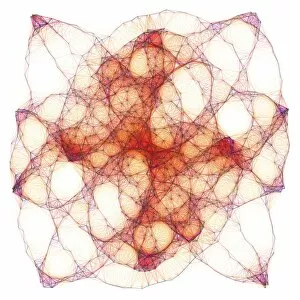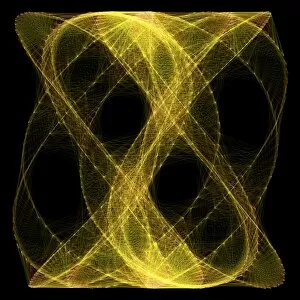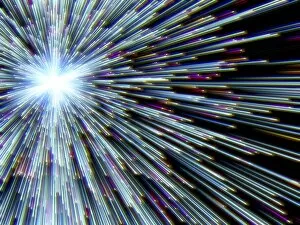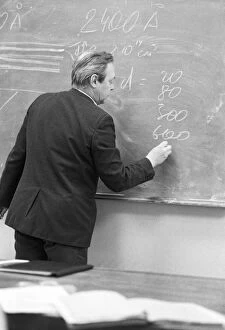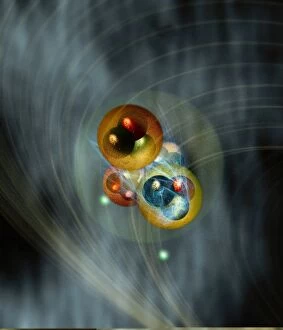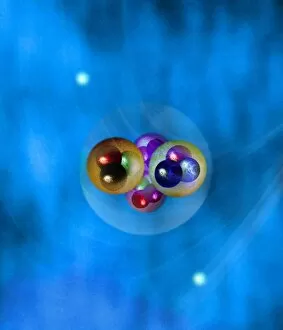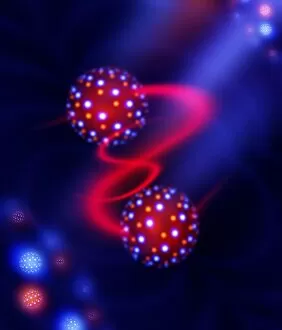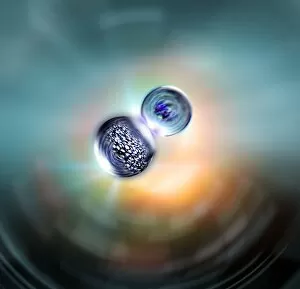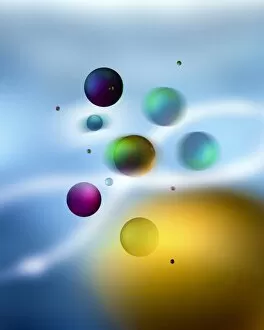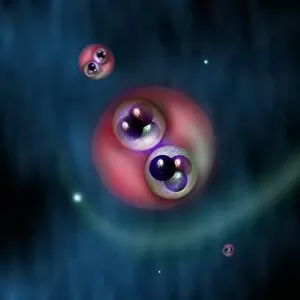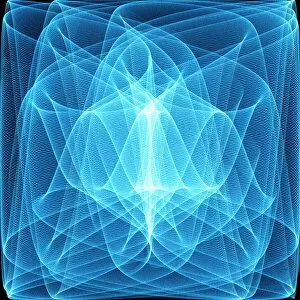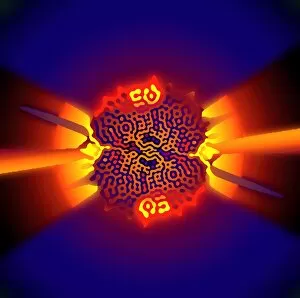Quantum Collection
"Exploring the Quantum Universe: Unveiling the Mysteries of Particle Tracks and Mathematical Models" In the vast realm physics
For sale as Licensed Images
Choose your image, Select your licence and Download the media
"Exploring the Quantum Universe: Unveiling the Mysteries of Particle Tracks and Mathematical Models" In the vast realm physics, particle tracks reveal a mesmerizing dance of energy and matter. Pioneers like Erwin Schrödinger and Max Planck have paved the way for our understanding of this enigmatic world. As we delve deeper into this intricate domain, simulations like the Bose-Einstein condensate offer us glimpses into phenomena that defy classical intuition. These ethereal simulations allow us to witness particles merging into a single entity, showcasing the bizarre nature mechanics. From cryptography equipment securing our digital world to Formula One cars racing at breakneck speeds, quantum principles underpin various aspects of our daily lives. Just as Max Planck's groundbreaking work earned him a Nobel Prize in 1918, his legacy continues to shape modern technology. Niels Bohr's contributions further enriched our comprehension by introducing mathematical models that describe atomic behavior with remarkable accuracy. His insights laid the foundation for advancements in fields ranging from chemistry to medicine. Conceptual artwork depicting quantum computing reminds us of its immense potential – harnessing qubits instead of classical bits could revolutionize computation as we know it. The intricacies lie within these tiny atoms that hold infinite possibilities waiting to be unlocked. Amidst all these scientific marvels lies an awe-inspiring truth – there is still so much we don't know about the quantum universe. It beckons us with its mysteries and challenges us to push boundaries beyond what seems possible. So let us embark on this journey together – one where curiosity fuels discovery, where equations unravel secrets hidden in plain sight. Let's embrace the wonders offered by quantum physics and venture forth into uncharted territories, forever expanding our knowledge and understanding.

